
Painting by Christopher Cheung. Displayed at Spectrosynthesis II, Bangkok Art and Culture Centre
Patrick Sun is pushing forward a movement very close to his heart through his foundation Sunpride, which seeks to give equal opportunities to LGBTQ+ artists in Asia. Here, Sun speaks to Samantha Welsh about what his foundation has done for him personally and the wider impacts of his projects

Patrick Sun, Founder of Sunpride
LUX: You grew up in Hong Kong, in a traditional family, when sex discrimination laws were undergoing limited amendment (HK 1991). When did you realise that the problem was with society?
Patrick Sun: Coming out is never easy and it was especially daunting in the 80’s when society was hostile and gays were seen as perverts. My mother insisted that I seek help from a psychiatrist, and I obliged, not because I thought there was anything wrong with me medically or psychologically, but I needed the doctor to tell her that I am “normal”. Soon after that I participated in a panel discussion with legislators who sought to decriminalise homosexuality in Hong Kong and that was when I realised that rather than resigning ourselves to adversity, we can try to do something to change society.
LUX: Suggesting the hidden, the forbidden, taboo; did your curiosity inform your early collecting?
Patrick Sun: My earliest collection was traditional Chinese paintings. While I had no intention to collect such works with a gay theme, one of my favourite paintings depicted two boys sharing a stolen watermelon which evoked to me a forbidden love. I can draw parallels to LGBTQ artists who do not specifically depict a gay theme in their work, yet somehow who you are and what you can reveal can be found if we look in the right place.
Follow LUX on Instagram: luxthemagazine
LUX: Inequality, invisibility, social exclusion and marginalisation; many artists’ works show a longing to belong, through juxtaposing what is with what is not there. Which of your works exhibited have had the most impact?
Patrick Sun: One of my favourite works from our exhibition in Bangkok was Arin Runjang’s “Welcome To My World: Tee”, which takes us into a large dark room with 5 giant screens showing different views of a naked transgender person. The work questions one’s perception of what makes a “perfect woman”, as well as one’s reaction when confronted with something unfamiliar or “abnormal”. It addresses all the issues you mentioned such as invisibility, social exclusion, marginalisation and inequality in one powerful installation.

Installation by Jun-Jieh Wang. Displayed at Spectrosynthesis, MOCA Taipei
LUX: Through Sunpride, you are renowned for your ground-breaking super-scaled public exhibitions, the biggest in Asia. What is your thinking here?
Patrick Sun: Sunpride Foundation hosts large-scale exhibitions with an LGBTQ theme to promote awareness and respect of our community in Asia. We anchor our events at public institutions because they provide a platform to reach out to the general public. Like movies and novels, we see art as a more equanimous way of communication and strive to promote people’s understanding and acceptance of a more diverse society.
LUX: What is the symbolism behind Spectrosynthesis, and what was the ambition for the Taipei, Bangkok and the recent Hong Kong exhibitions?
Patrick Sun: Spectrosynthesis is composed from two words – spectrum which represents diversity as in colours of the rainbow, and photosynthesis which is how plants convert solar energy into nourishment. We believe if one source of energy can bring life to all living creatures, then diversity could lead to a better and healthier society.
Taipei and Bangkok were our first two exhibitions and we are happy to see that they were both well received by the art circle and general public. We hope to bring similar exhibitions to other parts of Asia where the voice of the LGBTQ community need to be heard.
When Sunpride presented our first exhibition there was some skepticism about the possibility of bringing Spectrosynthesis back to my home town, Hong Kong. I am particularly proud to see the materialisation of a major exhibition at Tai Kwun in 2023.
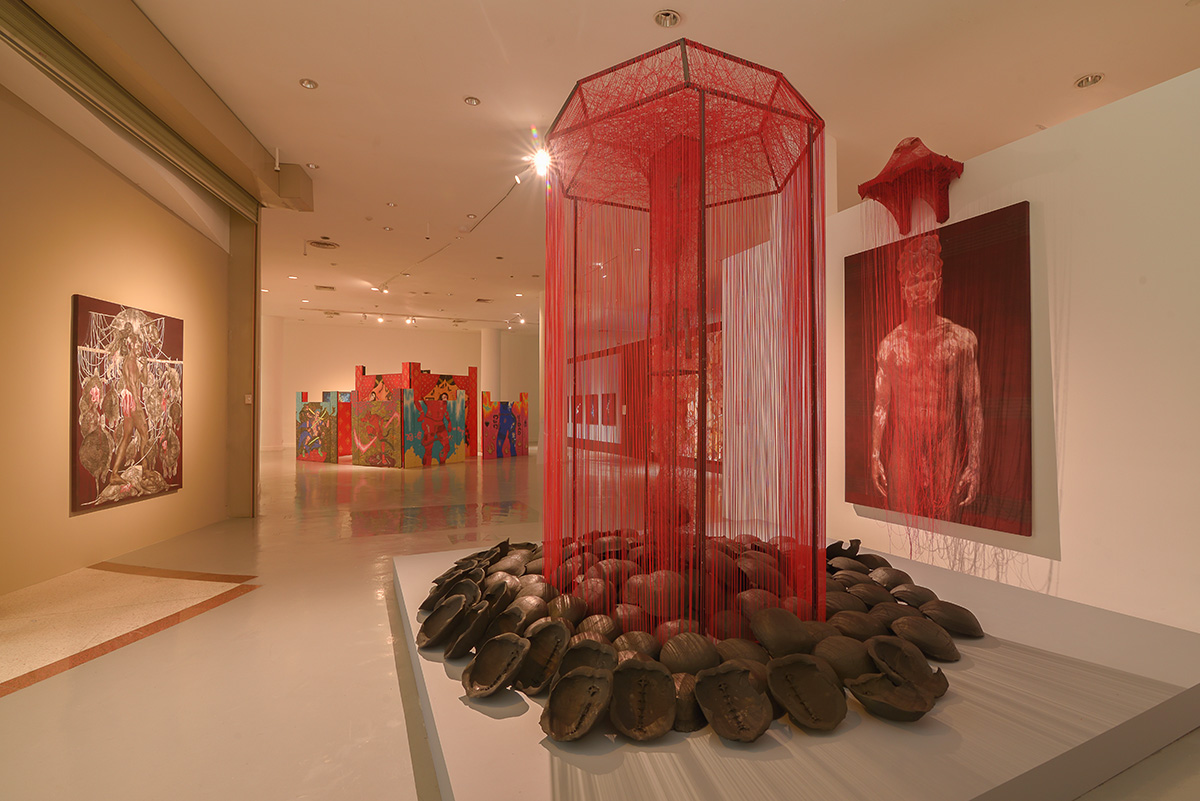
Installation by HOU, Chun-Ming. Displayed at Spectrosynthesis, MOCA Taipei
LUX: Why not shine a light on the SE Asian countries which criminalise LGBTQ+ people, such as Myanmar, Bangladesh, Malaysia? Surely in Taiwan and Thailand there have been achievements in equality and diversity?
Patrick Sun: One of the criticisms we received from our shows in Taipei and Bangkok is “are we preaching to the converted?” My answer is, while both places have better achievements in equality and diversity, there are still discrimination and inequities that need to be addressed. Our show in Taipei happened at the time when same-sex marriage created huge controversy, and the one in Bangkok was presented when a new bill on civil partnership was discussed at the Justice Ministry. While it may seem impossible now to host such a show in countries like the ones you mentioned, I am optimistic that the world is changing in the right direction with regard to equality and diversity. A good example is India – removal of penal code 377 and decriminalisation of homosexual acts was only accomplished in 2018 and the scene has flourished in leaps and bounds.
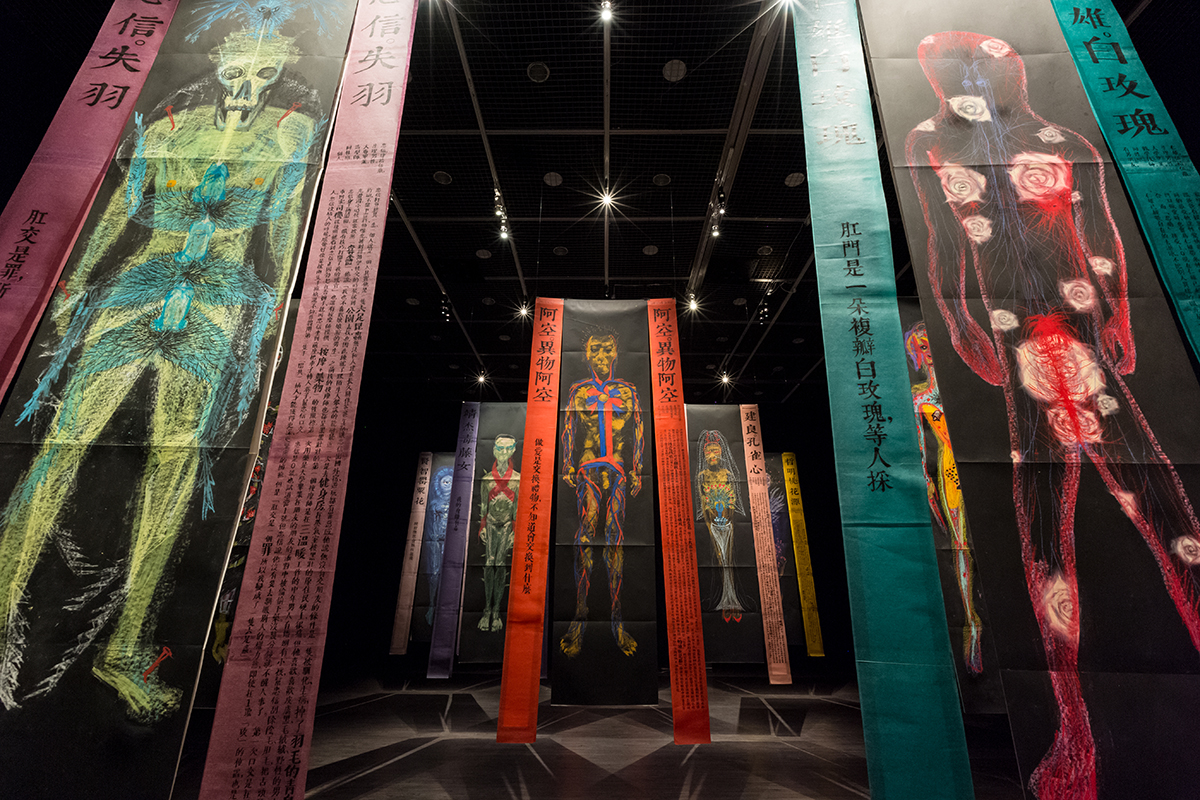
Installation by Sornchai Phongsa. Displayed at Spectrosynthesis II, Bangkok Art and Culture Centre
LUX: How significant are the partnerships with MOCA, BACC and recent Tai Kwun?
Patrick Sun: Our partnerships with MOCA Taipei and BACC were paramount in importance. They helped pave the way for our future exhibitions, not just in showing what an LGBTQ-themed exhibition is, but also allaying fears of what we are not. It is not a show built on homo-erotica, nor is it confrontational or offensive. It has a wide array of themes and mediums, and provides platforms for communication between the gay community and the general public.
The recent collaboration with Tai Kwun is equally if not more significant. I believe the exhibition is important not only to the LGBTQ+ community but to everyone in showing how Hong Kong remains a diverse and inclusive society.
Read more: Umberta Beretta on fund-raising for the arts
LUX: Does your activism drive you to work with institutions beyond SE Asia?
Patrick Sun: We have been approached by institutions in Europe and America to bring our show there. We declined because our focus remains in Asia, where exhibition like ours is more direly needed. However, we have made friends with many art professionals including curators from art institutions in other parts of the world who have formed an invaluable network of information with Sunpride Foundation.

Photo by Ren Hang. Displayed at Spectrosynthesis II, Bangkok Art and Culture Centre
LUX: How has the public-private partnership guided your process in how to buy and what to show?
Patrick Sun: Sunpride Foundation collects with an aim to exhibit. Whilst ultimately it is the curators’ decision on what to present, having a large sample in our collection helps them build the exhibition, with additional works to borrow or commission to help put together a coherent show. When we look at a work, the first question is always “how would it work in an LGBTQ-themed exhibition?” This question helps us set aside personal preferences and think about logistic issues such as medium, transportation, storage etc.
LUX: If a member of the public asks you how they can support LGBTQ+ rights, how do you answer them?
Patrick Sun: Speak Up: if you hear something offensive about gay people, tell them it is not ok. Words can hurt and when you speak up, you let people know those words are not acceptable and prevents similar slandering or mockery in future. Another way would be – allow me to do a bit of promotion here – come see one of our exhibitions, or read up on them, to see for yourself that the LGBTQ community is perhaps just as normal and talented as the rest.
Find out more: sunpride.hk
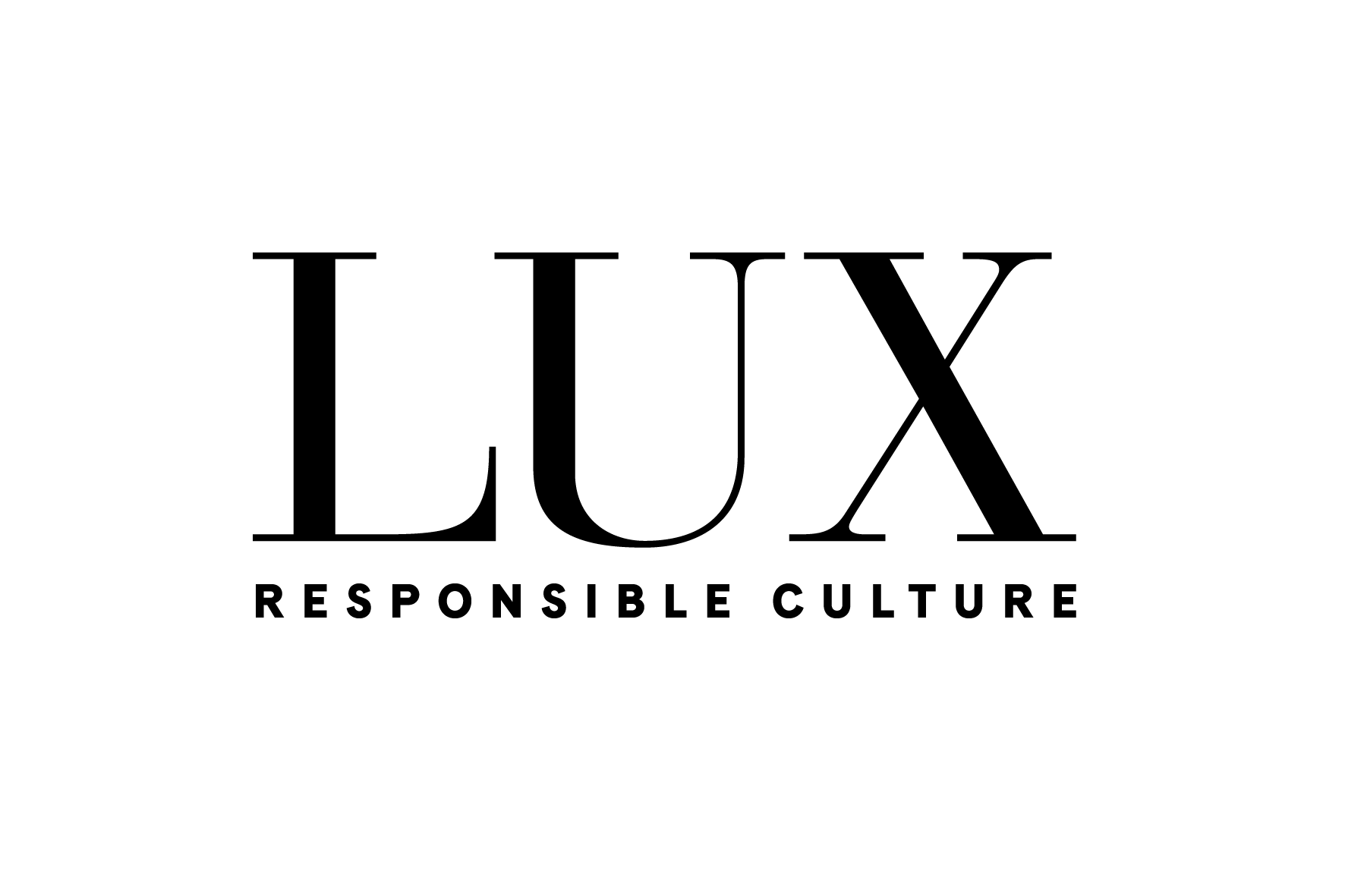






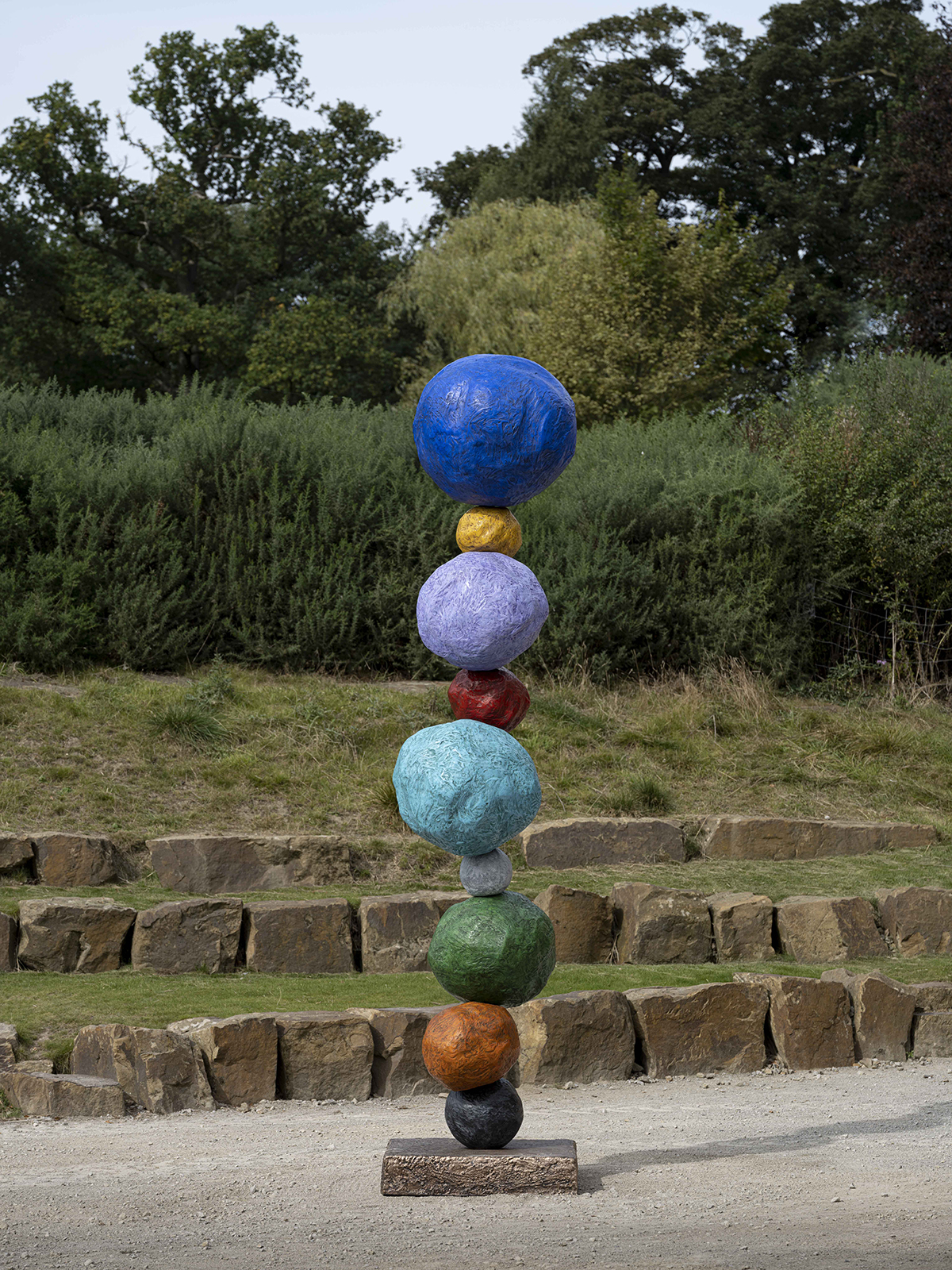
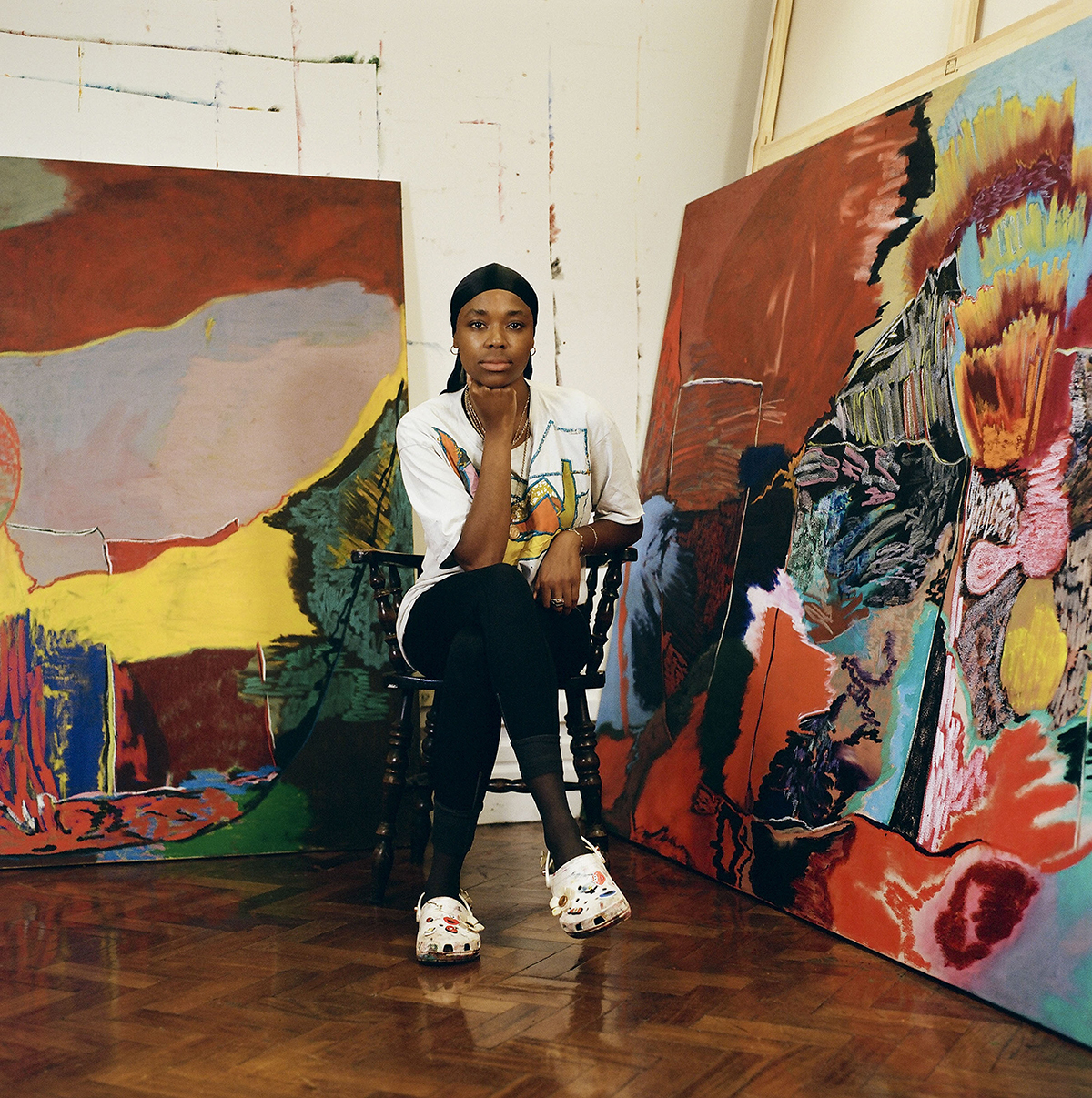
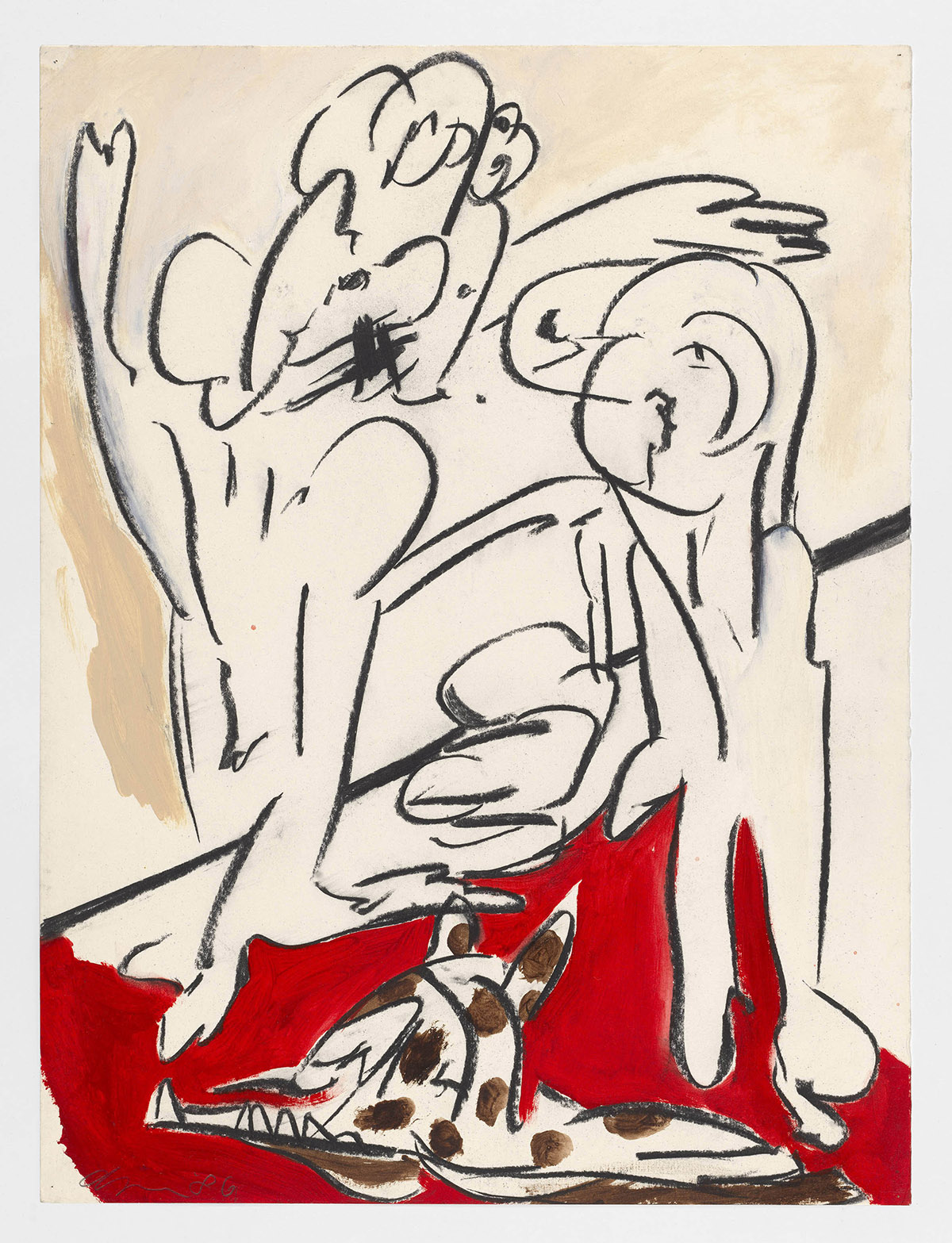
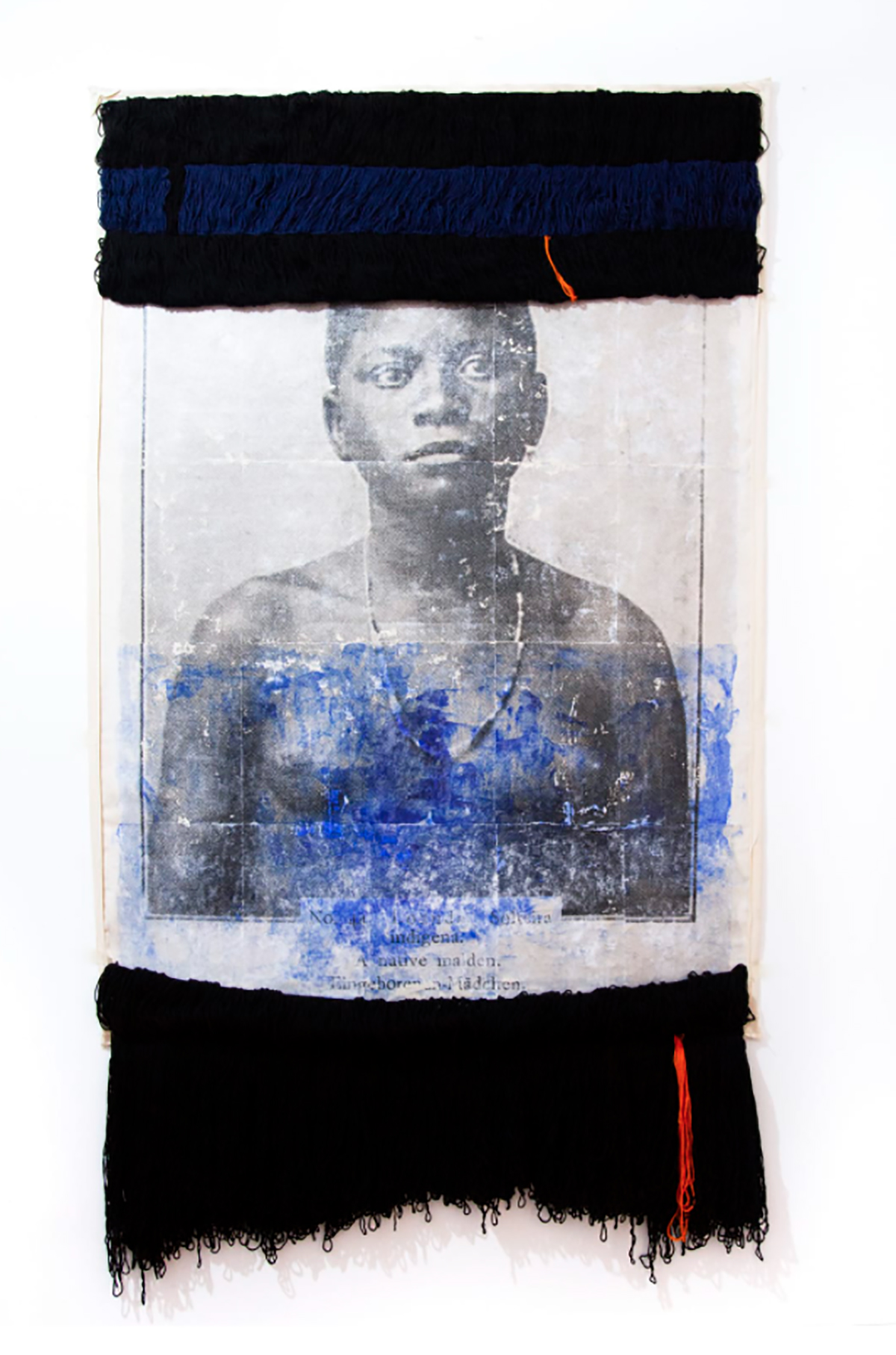
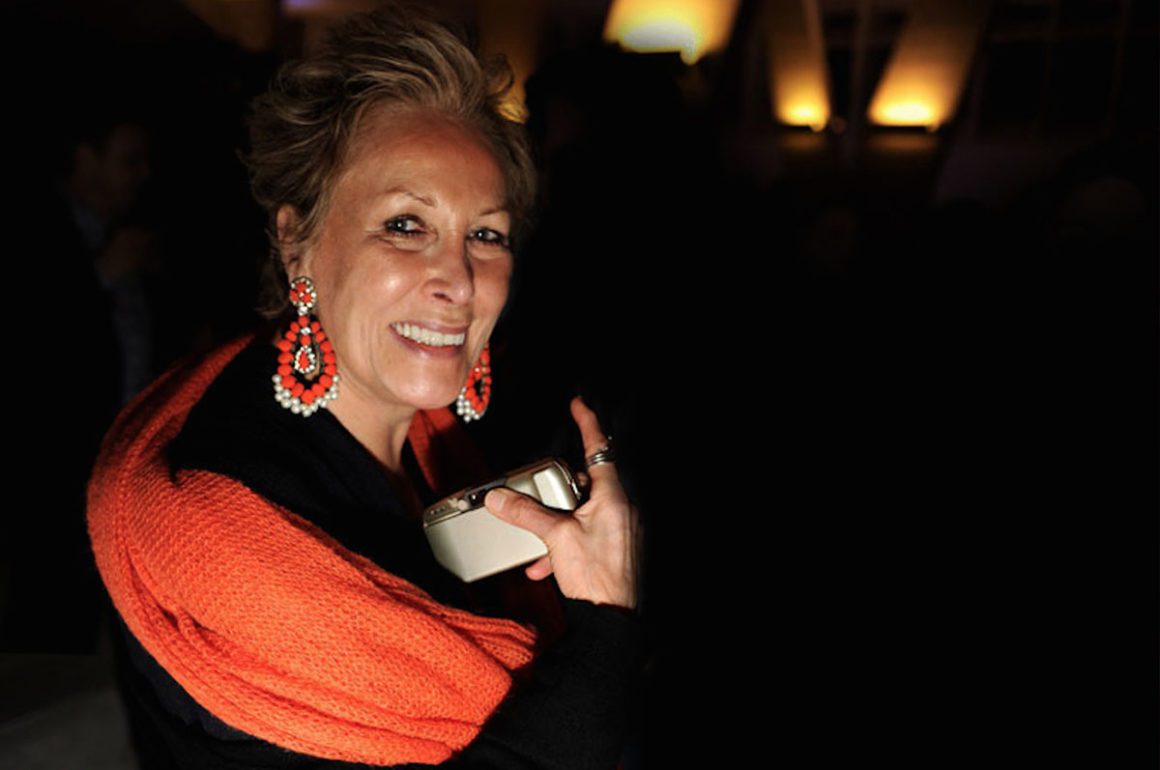
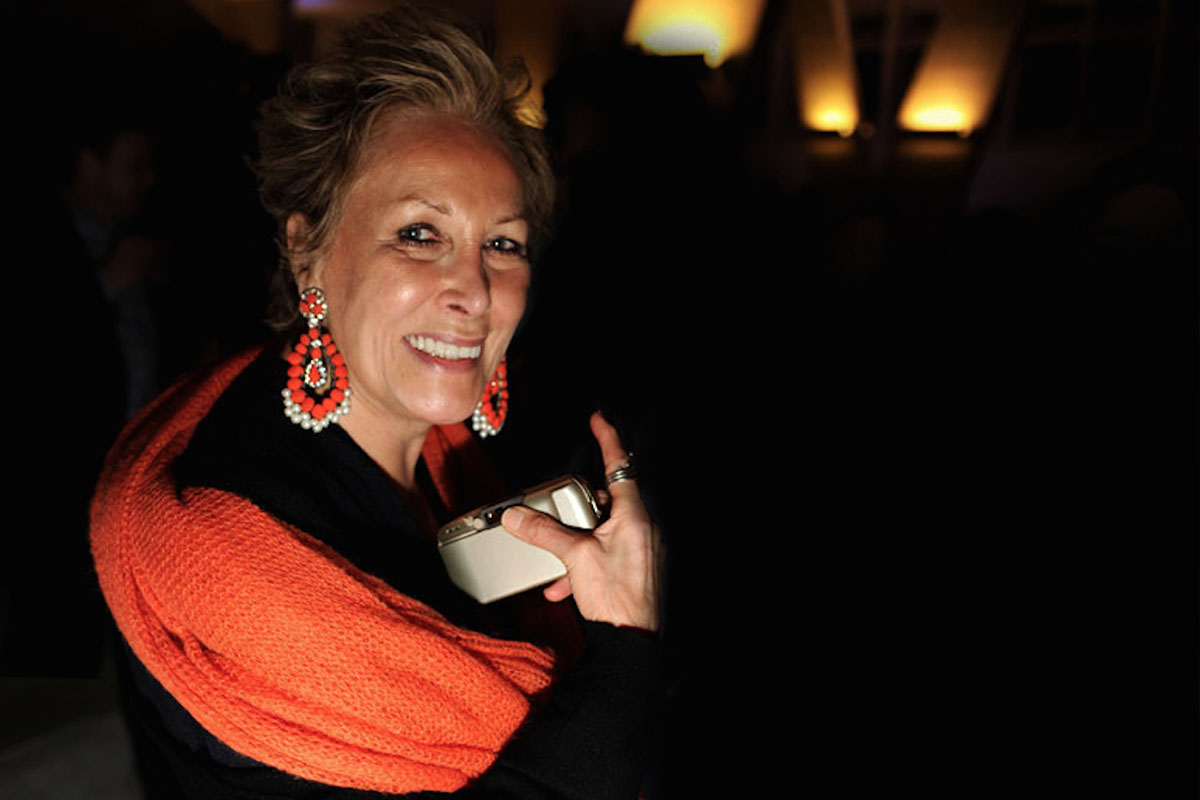
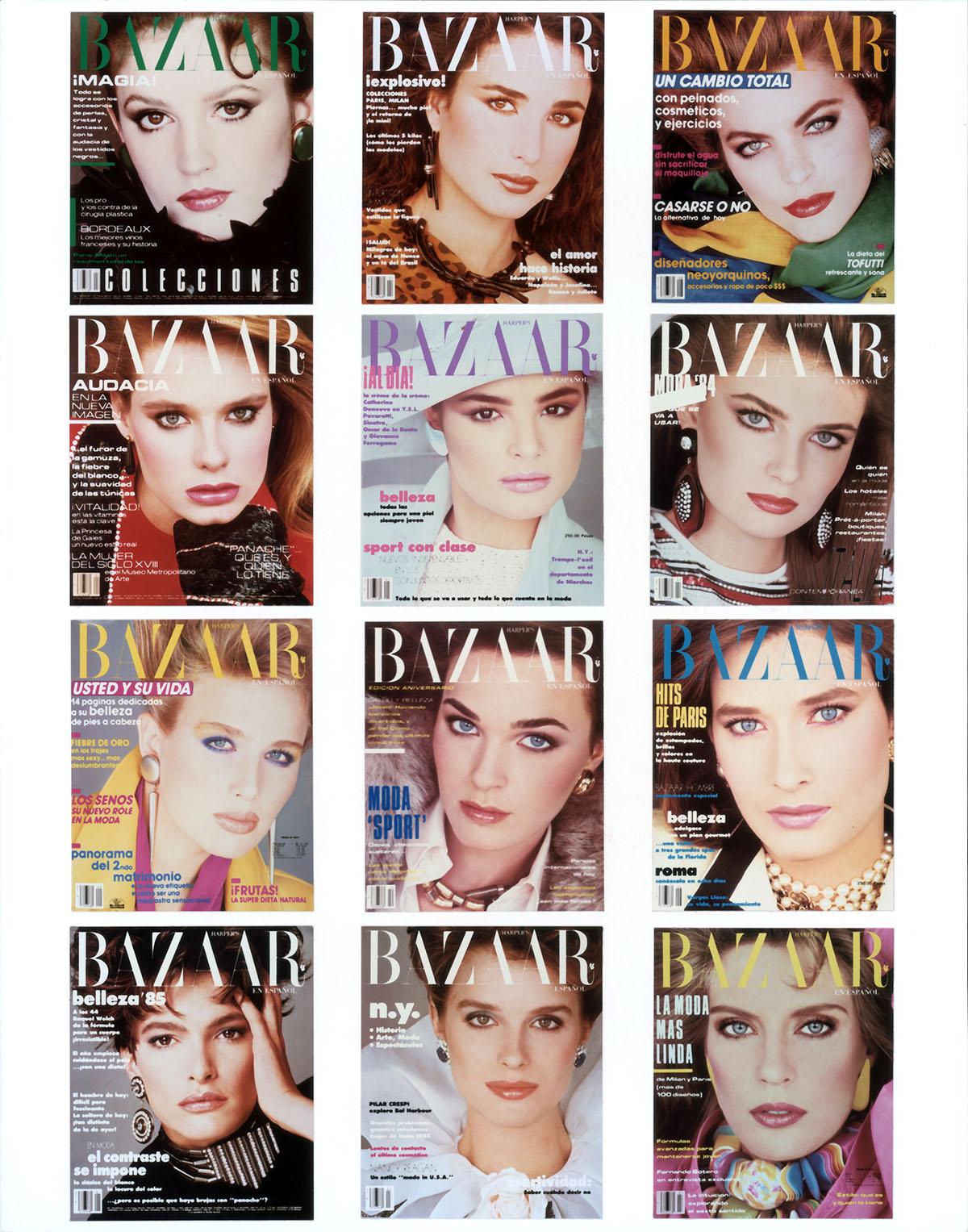
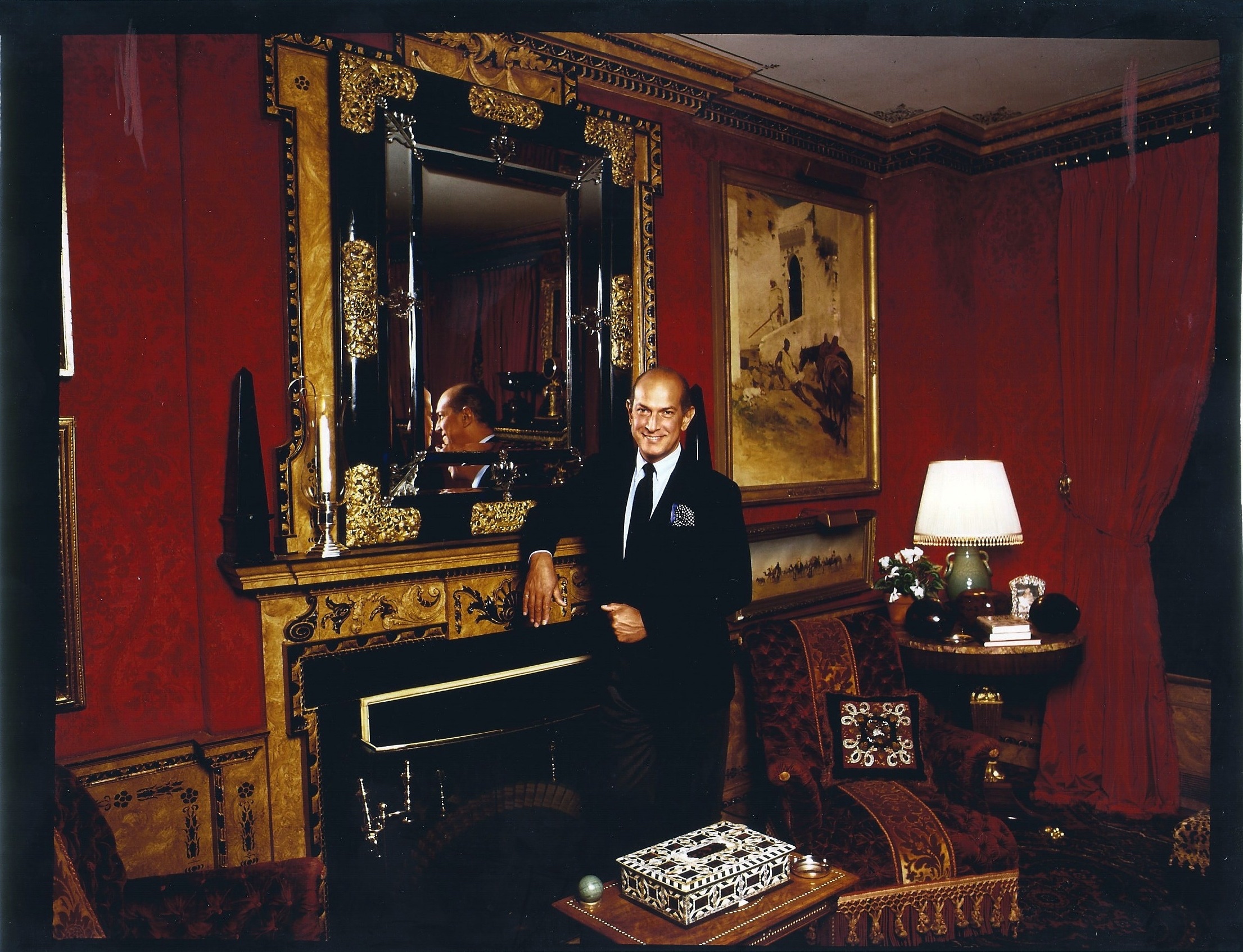

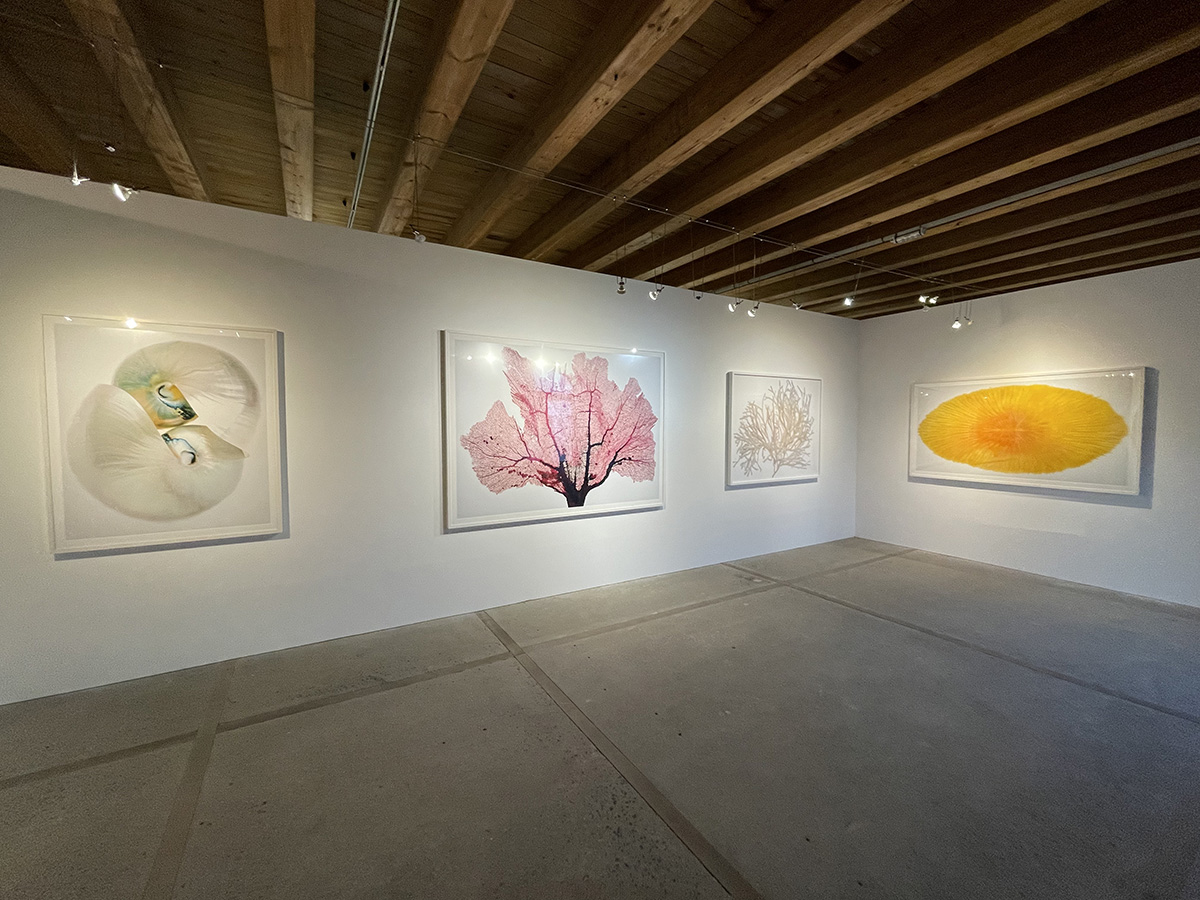
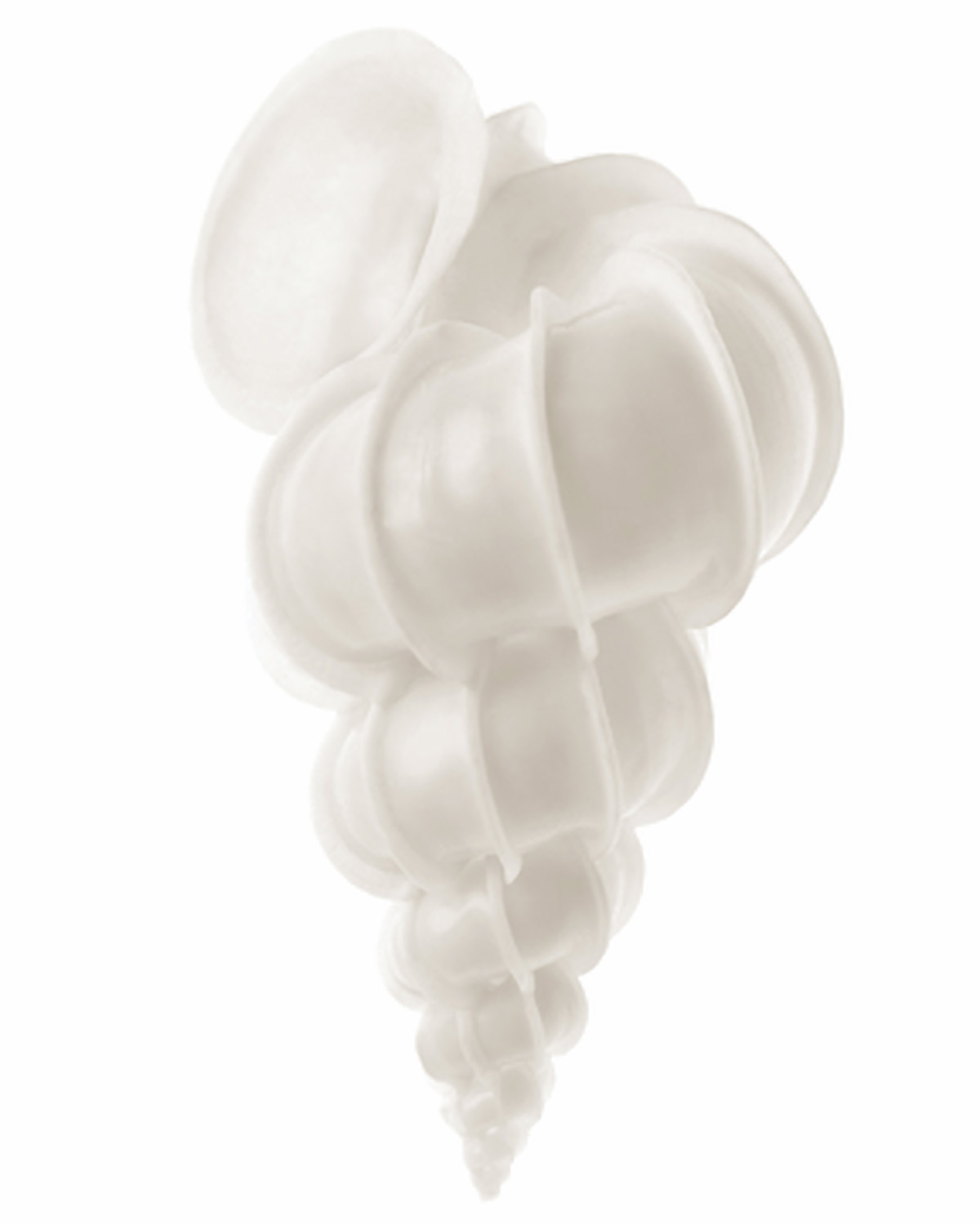
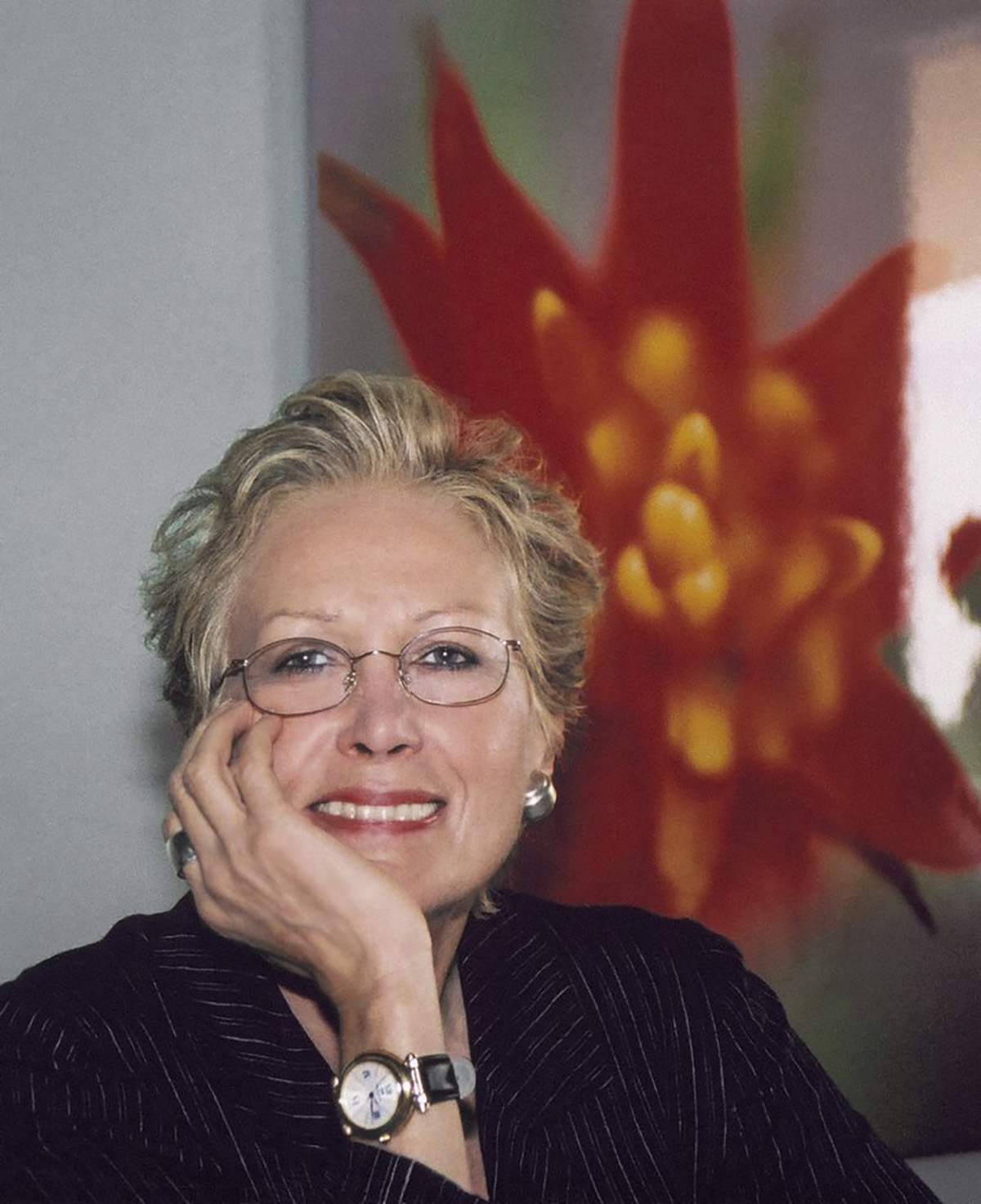 Maryam Eisler: How wonderful that you have so seamlessly managed to connect your work around nature with a place of great natural beauty,
Maryam Eisler: How wonderful that you have so seamlessly managed to connect your work around nature with a place of great natural beauty, 




















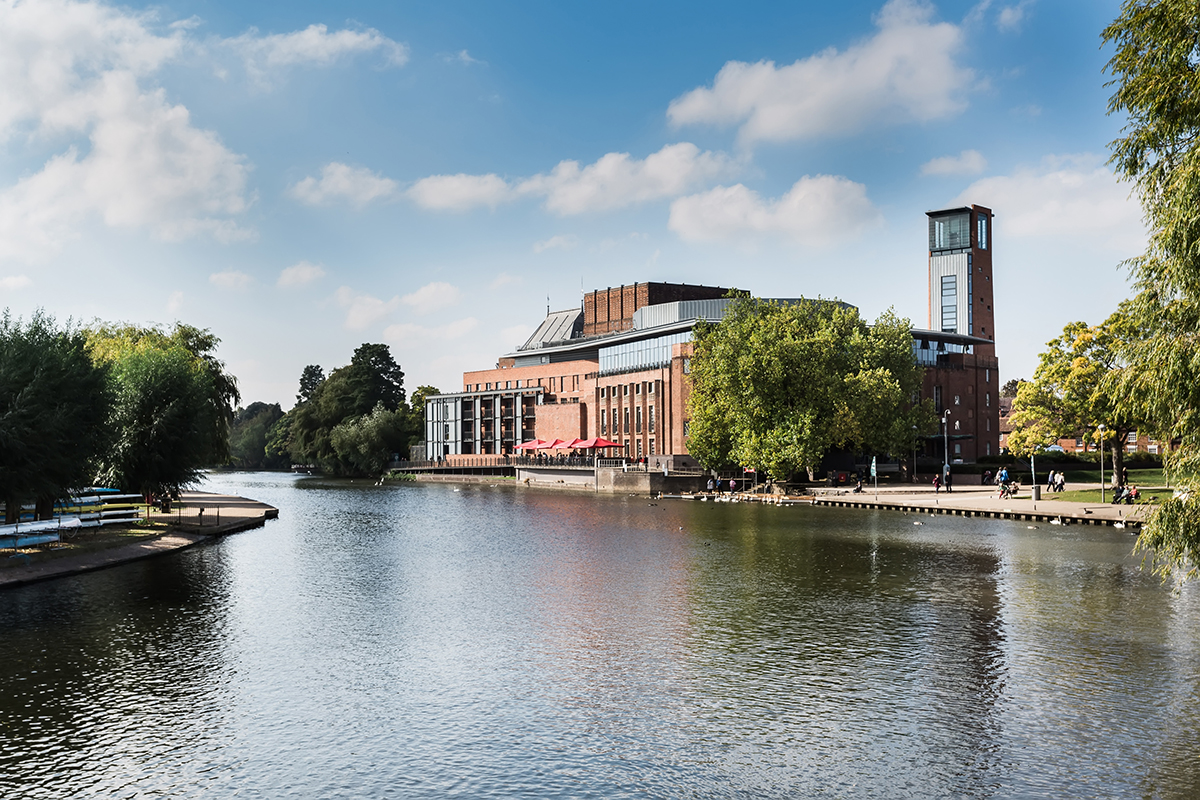

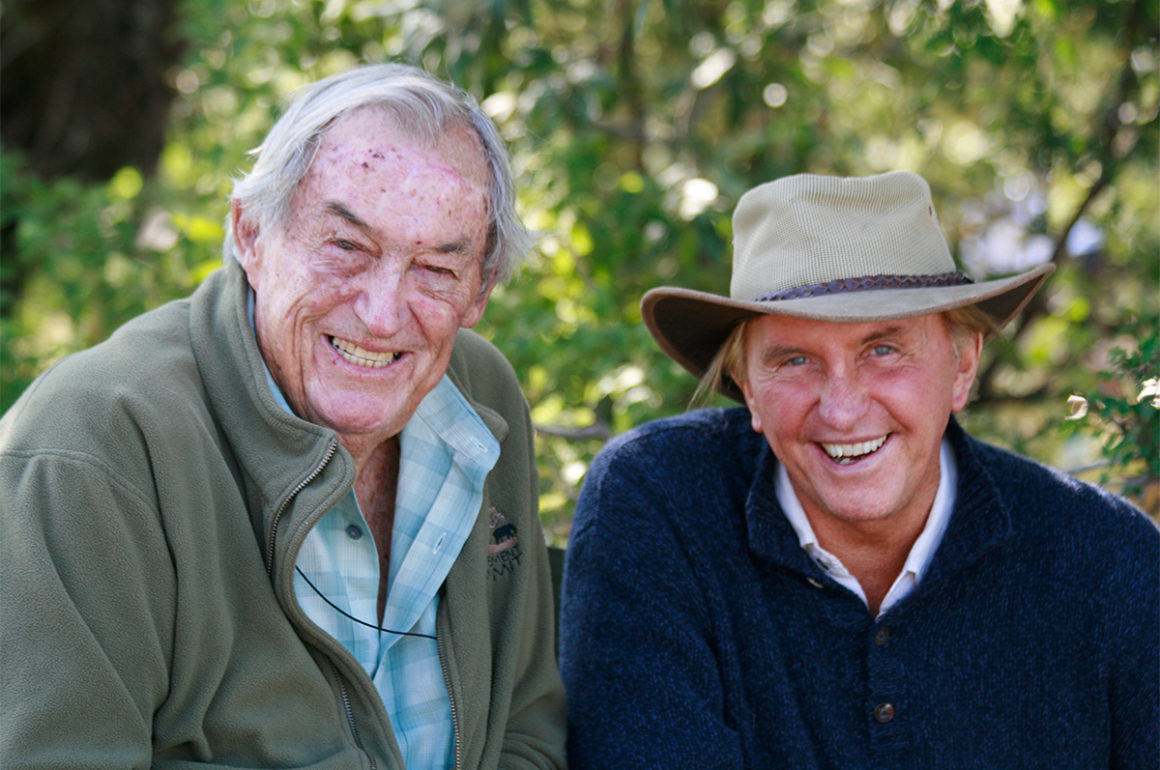
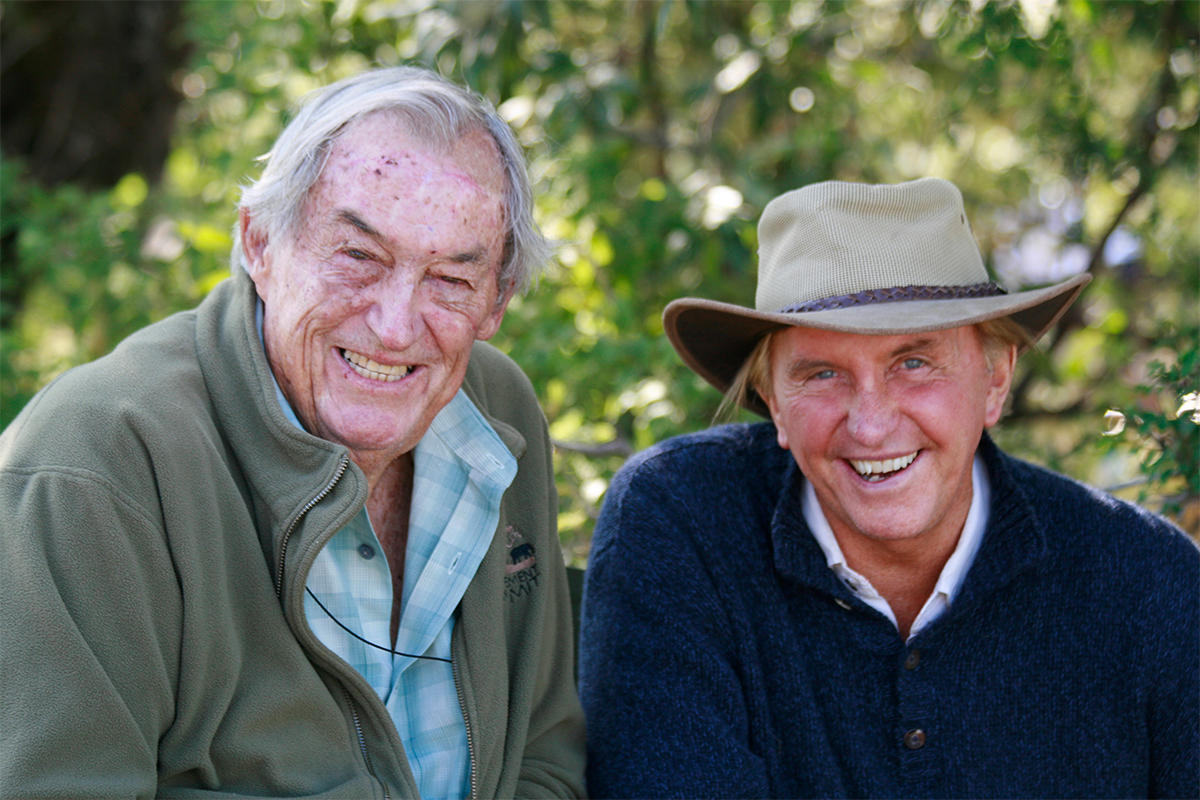



 When the pandemic grounded air travel in 2019, it also brought grounding of a different kind: a chance to reflect on the aviation addiction which now constitutes 2 percent of all global carbon emissions. Far from settling into the flight-shaming craze, however, cleantech entrepreneur Val Miftakhov decided to find a solution. His company, ZeroAvia, is working to enable safe, zero-emission aviation by replacing conventional fuel engines with hydrogen-electric powertrains – and now counts Jeff Bezos, Bill Gates and British Airways among its investors. Here, Miftakhov speaks to Ella Johnson about how decarbonising aviation poses both a challenge and an opportunity, and why Elon Musk is missing out
When the pandemic grounded air travel in 2019, it also brought grounding of a different kind: a chance to reflect on the aviation addiction which now constitutes 2 percent of all global carbon emissions. Far from settling into the flight-shaming craze, however, cleantech entrepreneur Val Miftakhov decided to find a solution. His company, ZeroAvia, is working to enable safe, zero-emission aviation by replacing conventional fuel engines with hydrogen-electric powertrains – and now counts Jeff Bezos, Bill Gates and British Airways among its investors. Here, Miftakhov speaks to Ella Johnson about how decarbonising aviation poses both a challenge and an opportunity, and why Elon Musk is missing out




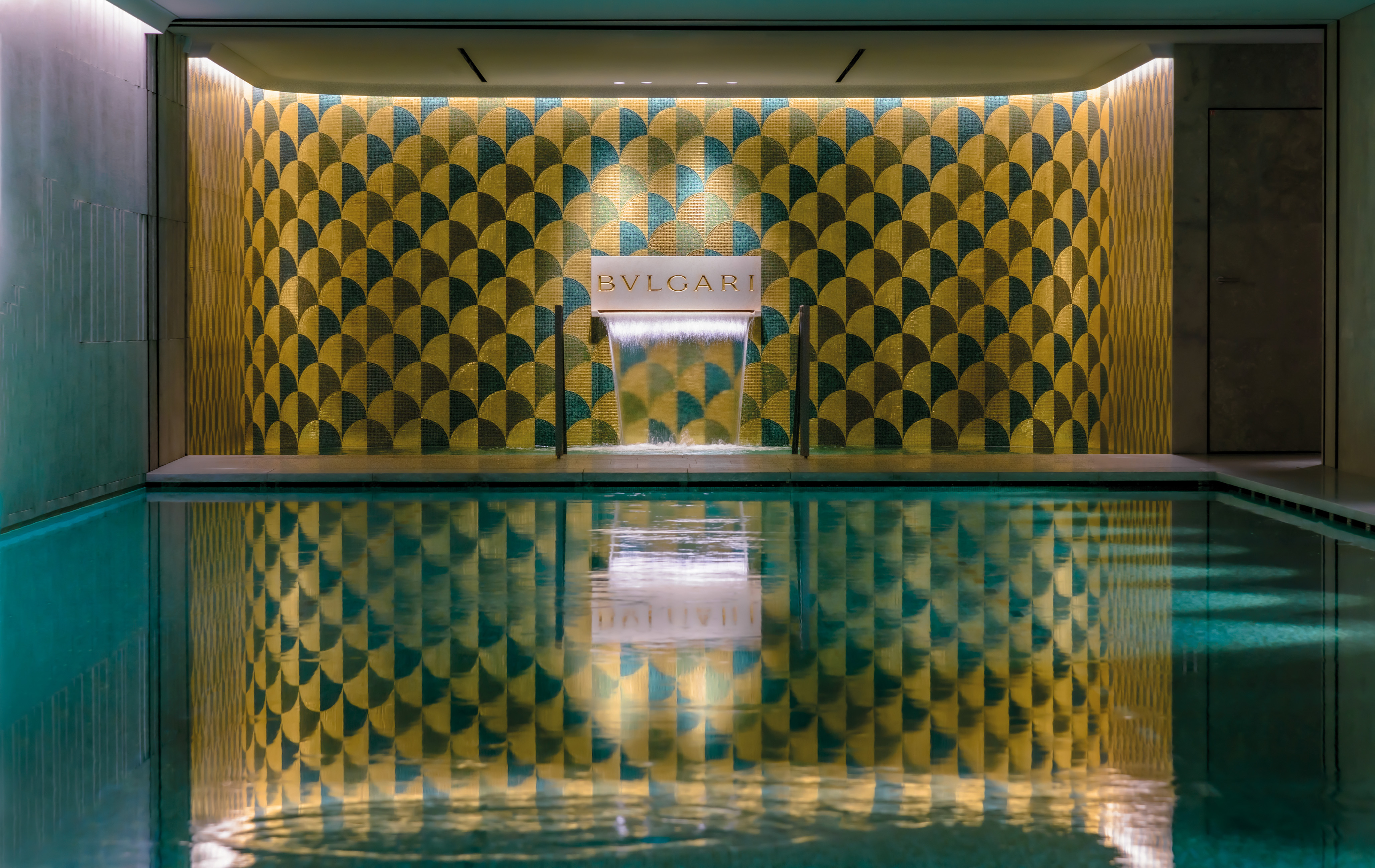


Recent Comments